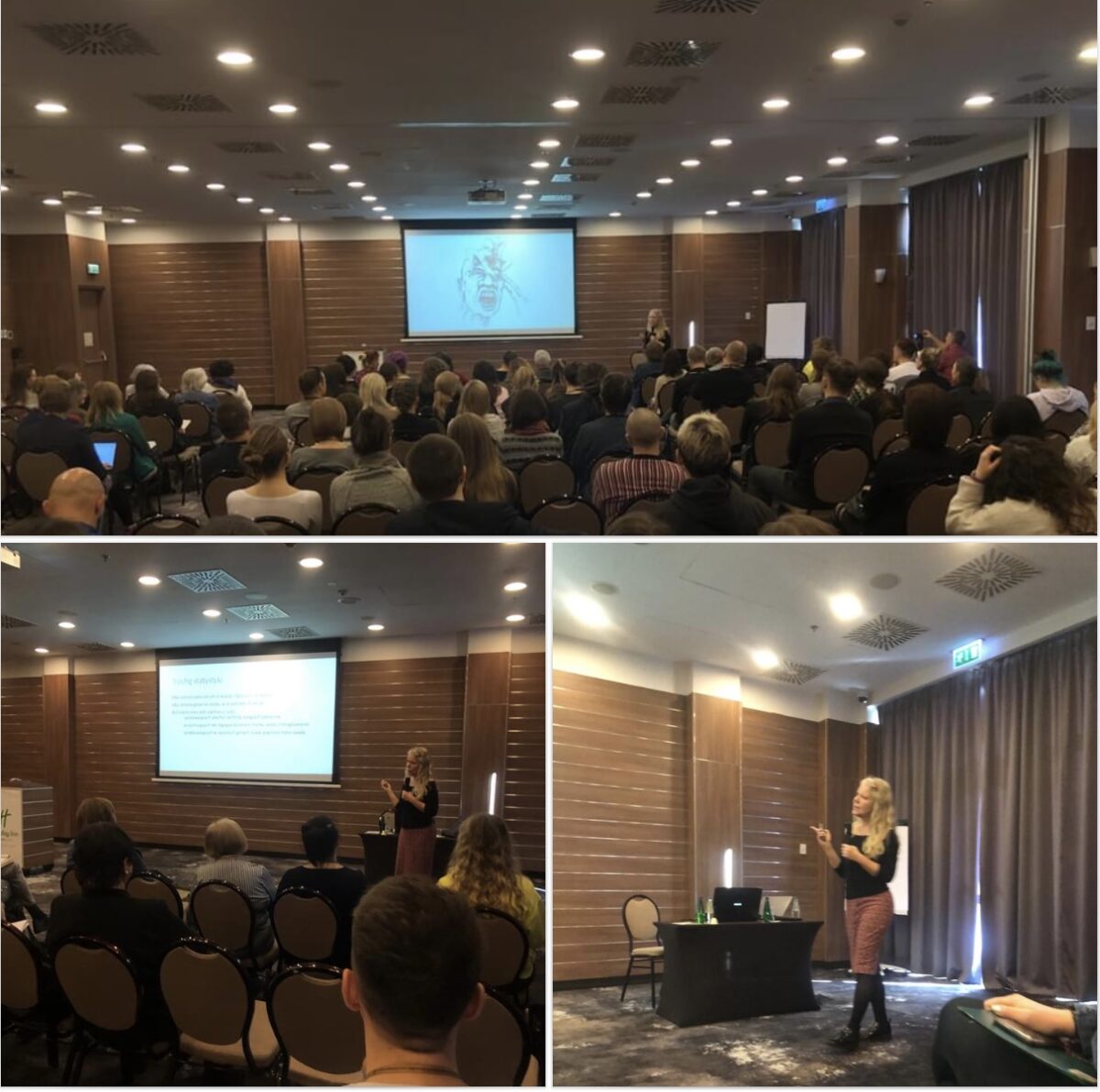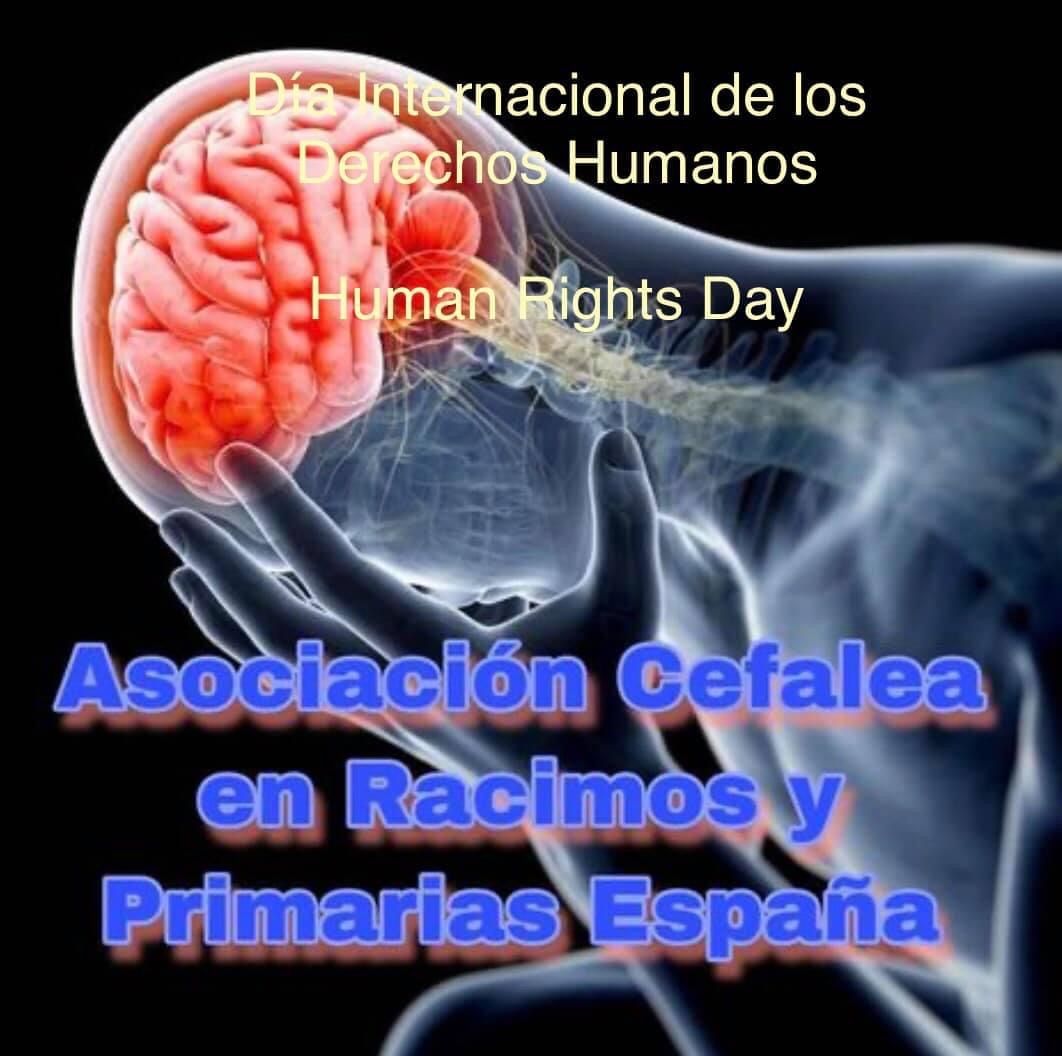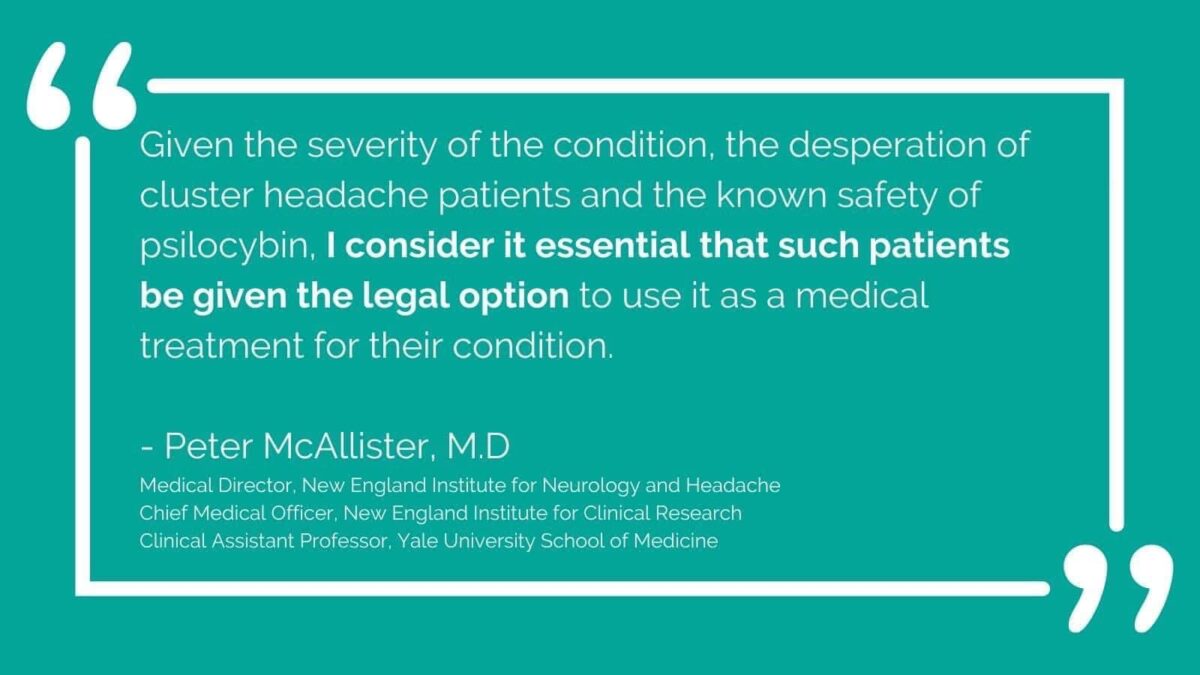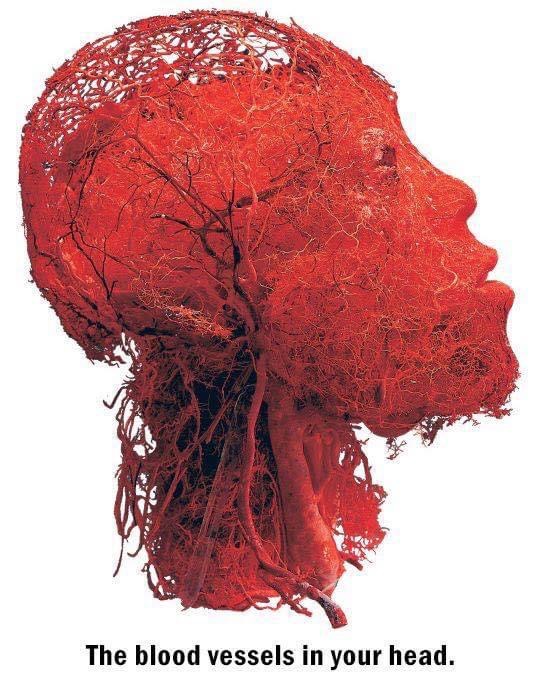
Categoría: International
Noticias Internacional



Katarzyna Dragovic. Poland.
Expert patients empowerment. !! So important…
Great work !!
Continuation of my fight for the psychedelic in the treatment of CH, which means a lecture at the Winter School of the Institute of Pharmacology of the Polish Academy of Sciences, dedicated to the medical future of psychedelics.

Alternative Treatments


Seguiremos luchando por nuestro derecho a elegir cómo tratarnos esta enfermedad según nuestra propia elección, sin ser perseguidos por las autoridades ni estigmatizados por la sociedad. Cuando la medicina convencional no nos ofrece una solución, tenemos derecho a proteger nuestra vida.

Abstract
Objective: To investigate the temporal changes of circadian rhythmicity in relation to the disease course in patients with cluster headache.
Methods: In this multicenter study, patients with cluster headache were recruited between September 2016 and July 2018. We evaluated the patients for circadian rhythmicity and time of cluster headache attacks in the current bout and any experience of bout-to-bout change in circadian rhythmicity. We analyzed the patterns of circadian rhythmicity in relation to the disease progression (the number of total lifetime bouts, grouped into deciles).
Results: Of the 175 patients in their active, within-bout period, 86 (49.1%) had circadian rhythmicity in the current bout. The prevalence of circadian rhythmicity in the active period was overall similar regardless of disease progression. Sixty-three (46.3%) out of 136 patients with ≥2 bouts reported bout-to-bout changes in circadian rhythmicity. The most frequent time of cluster headache attacks was distributed evenly throughout the day earlier in the disease course and dichotomized into hypnic and midday as the number of lifetime bouts increased (p = 0.037 for the homogeneity of variance). When grouped into nighttime and daytime, nighttime attacks were predominant early in the disease course, while daytime attacks increased with disease progression (up to 7th deciles of total lifetime bouts, p = 0.001) and decreased in patients with the most advanced disease course (p = 0.013 for the non-linear association).
Conclusions: Circadian rhythmicity is not a fixed factor, and changes according to the disease course. Our findings will be valuable in providing a new insight into the stability of functional involvement of the suprachiasmatic nucleus in the pathophysiology of cluster headache.

Abstract
Cluster headache is characterized by unilateral attacks of severe pain accompanied by cranial autonomic features. Apart from these there are also sleep-related complaints and strong chronobiological features. The interaction between sleep and headache is complex at any level and evidence suggests that it may be of critical importance in our understanding of primary headache disorders. In cluster headache several interactions between sleep and the severe pain attacks have already been proposed. Supported by endocrinological and radiological findings as well as the chronobiological features, predominant theories revolve around central pathology of the hypothalamus. We aimed to investigate the clinical presentation of chronobiological features, the presence of concurrent sleep disorders and the relationship with particular sleep phases or phenomena, the possible role of hypocretin as well as the possible involvement of cardiac autonomic control. We conducted a questionnaire survey on 275 cluster headache patients and 145 controls as well an in-patient sleep study including 40 CH-patients and 25 healthy controls. The findings include: A distinct circannual connection between cluster occurrence and the amount of daylight, substantially poorer sleep quality in patients compared to controls which was present not only inside the clusters but also outside, affected REM-sleep in patients without a particular temporal connection to nocturnal attacks, equal prevalence of sleep apnea in both patient and control groups, reduced levels of hypocretin-1 in the cerebrospinal fluid of patients and finally a blunted response to the change from supine to tilted position in the head-up tilt table test indicating a weakened sympathoexcitatory or stronger parasympathetic drive. Overall, these findings support a theory of involvement of dysregulation in hypothalamic and brainstem nuclei in cluster headache pathology. Further, it is made plausible that the headache attacks are but one aspect of a more complex syndrome of central dysregulation manifesting as sleep-related complaints, sub-clinical autonomic dysregulation and of course the severe attacks of unilateral headache. Future endeavors should focus on pathological changes which persist in the attack-free periods but also heed the possibility of long-lived, cluster-induced pathology.
Figures



